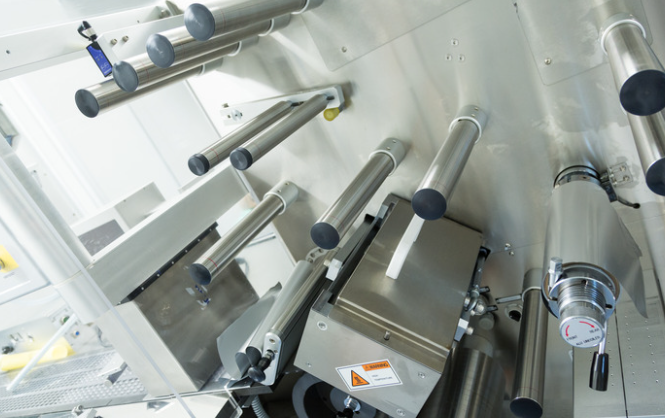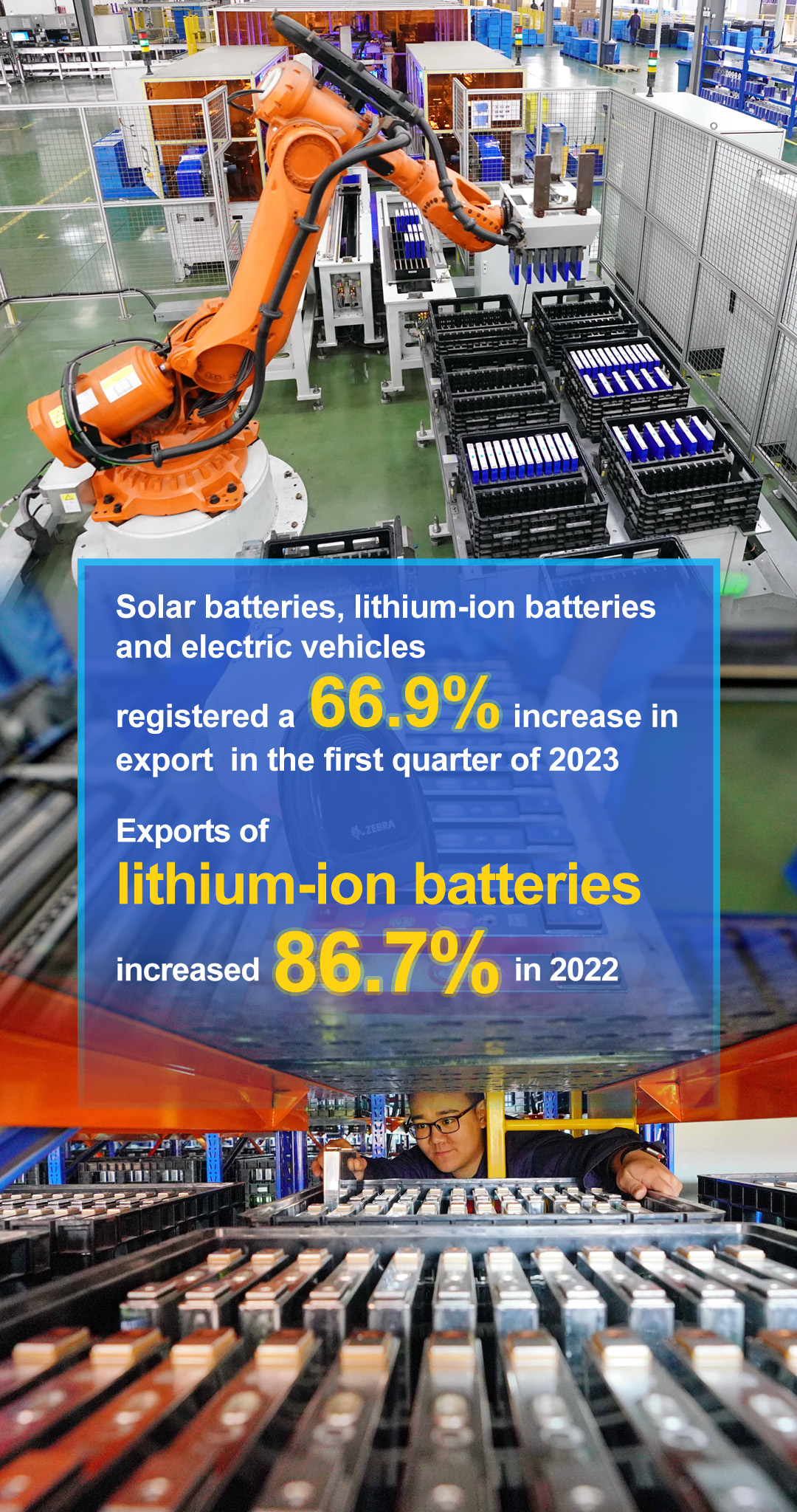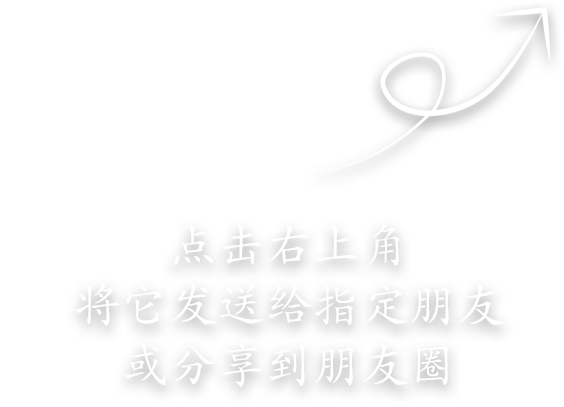In a move to stimulate innovation and modernize the manufacturing industry, China's government has implemented a series of tax cuts, fee reductions, and tax refunds that total a remarkable 2.63 trillion yuan (approximately 366.75 billion U.S. dollars) in 2024. This bold fiscal strategy, aimed at enhancing the country’s technological capabilities and boosting manufacturing efficiency, has already yielded significant results, particularly in high-tech and advanced manufacturing sectors.
A Blueprint for Growth: Tax Cuts Driving Industrial Innovation
According to the latest data from the State Taxation Administration, the policy reforms have targeted key areas such as technological research and development (R&D), the promotion of high-tech enterprises, and the upgrading of manufacturing facilities. Specifically, tax reductions in R&D-related expenses have amounted to 803.6 billion yuan, demonstrating the government’s strong focus on fostering technological innovation and the commercialization of R&D outputs. These measures are designed to enhance the "new quality productive forces," a term reflecting China's drive to move up the value chain by investing in cutting-edge technology and high-end manufacturing processes.
Tax cuts also extended to industries working on overcoming critical technological bottlenecks, with a further 108.7 billion yuan aimed at solving pressing challenges in tech talent acquisition and infrastructure upgrades. Additionally, another 3.37 billion yuan was directed toward cultivating high-tech enterprises and emerging industries, which are expected to play a central role in driving China's economic growth in the coming decades.
Manufacturing Transformation: From Mass Production to High-End Innovation
The impact of these tax incentives is already visible in the growth of China's manufacturing sector. Notably, the sales revenues of equipment manufacturing, digital product manufacturing, and high-tech manufacturing increased by 6.2%, 8.3%, and 9% respectively, outpacing the national average by significant margins. This trend underscores the country’s steady transition toward high-end and intelligent manufacturing, where technology, automation, and efficiency converge.
China’s focus on high-tech and intelligent manufacturing is critical for its economic aspirations. The goal is not only to increase production capacity but to improve the sophistication of its industrial output, fostering a transition from low-cost, labor-intensive goods to more advanced, technology-driven products. This move is expected to have far-reaching effects on both domestic and global supply chains, elevating China’s competitive edge in industries such as electronics, renewable energy, and precision machinery.
Tax Policy Implementation: A Data-Driven Approach
The government’s efforts to ensure the successful implementation of these tax policies have been equally robust. Using digital platforms like the e-tax bureau, the government has disseminated over 1.68 billion pieces of information related to tax relief policies, covering a staggering 75.05 million businesses and individuals. Additionally, over 36,000 promotional materials have been distributed, and more than 50,000 training sessions have been conducted, reaching over 52.53 million taxpayers.
By targeting key industries and streamlining the policy application process, China aims to maximize the effectiveness of these reforms. The government's proactive approach to risk monitoring and prevention further ensures that the intended benefits of these tax policies reach the intended recipients while minimizing any potential abuses
Global Implications: A Modernized China and its Global Business Impact
For international businesses and investors, China’s focus on high-tech and high-value manufacturing presents significant opportunities. As the country invests in upgrading its manufacturing base, there will be increased demand for foreign expertise in technology, automation, and high-tech machinery. Global businesses in sectors like AI, robotics, and clean energy may find new opportunities for collaboration or investment in China's rapidly evolving industrial landscape.
Moreover, the integration of more advanced technologies and the transition toward smart manufacturing will likely open doors for foreign enterprises looking to tap into China’s expanding consumer market. As China modernizes its manufacturing capabilities, it will become an even more integral part of global supply chains, with potential benefits for foreign companies seeking to leverage Chinese innovation for competitive advantage.
A Path to Sustainable Growth
As part of China’s long-term strategy, the government is committed to sustaining these reforms and expanding their impact. The next phase of these tax policies will focus on driving even more innovation, helping businesses adapt to emerging technological trends, and reinforcing the country’s push for high-quality economic growth.
For international business professionals, staying informed about these developments is crucial.
Understanding China's industrial transition and the government's commitment to technological advancement will be key for making informed strategic decisions in sectors ranging from advanced manufacturing to digital technologies. The tax incentives, alongside China’s broader shift towards high-tech industries, signal a future where innovation and high-end manufacturing will be central to the country's economic model.
In conclusion, China's 2024 tax reforms are not just a fiscal measure but a strategic pivot toward building a more resilient, high-tech manufacturing economy. As the effects of these reforms ripple through the global marketplace, international businesses will find new avenues for collaboration and expansion, making China an even more dynamic player on the world stage.
























































First, please LoginComment After ~